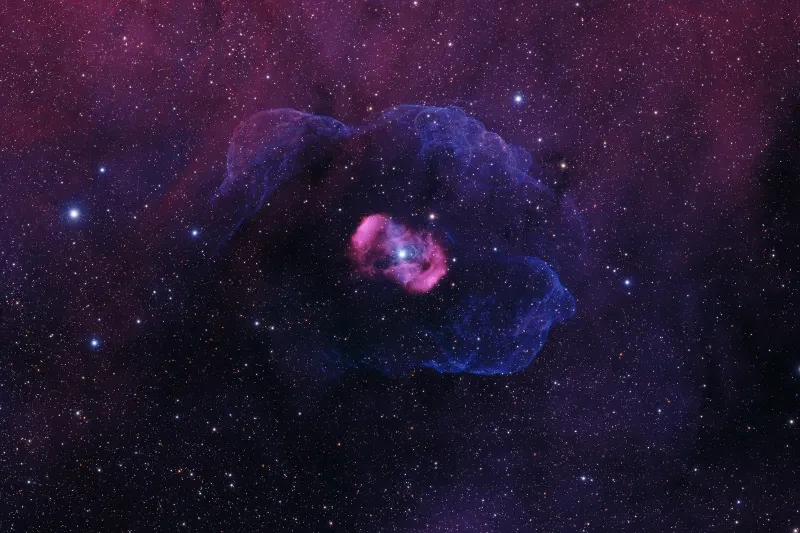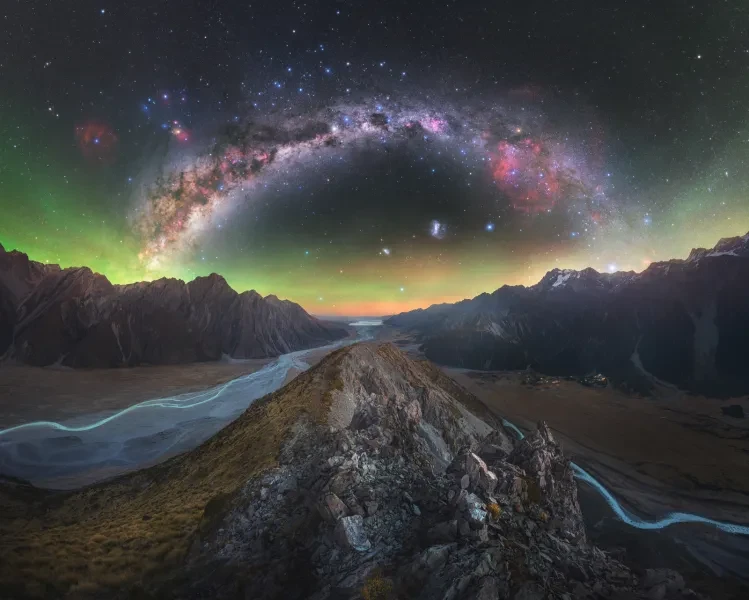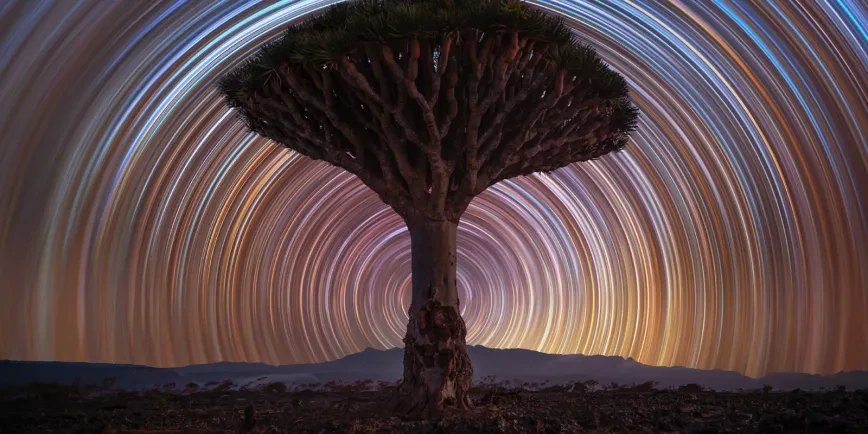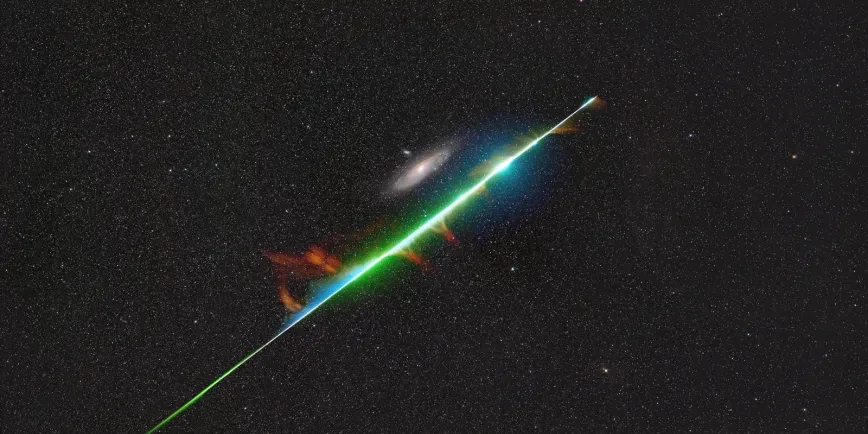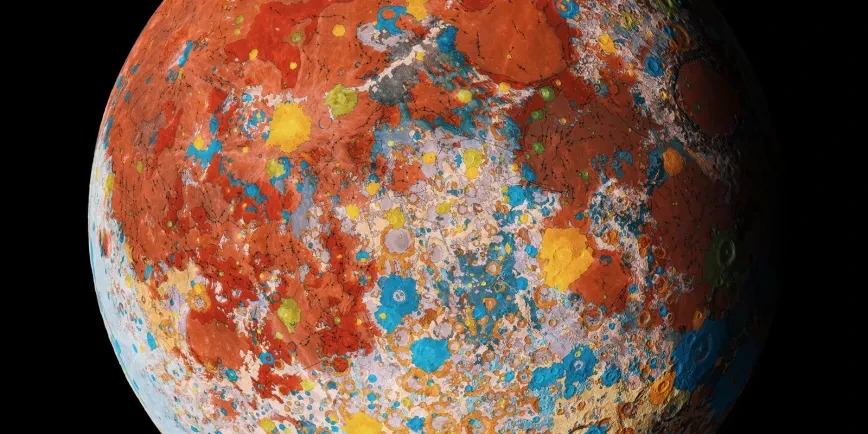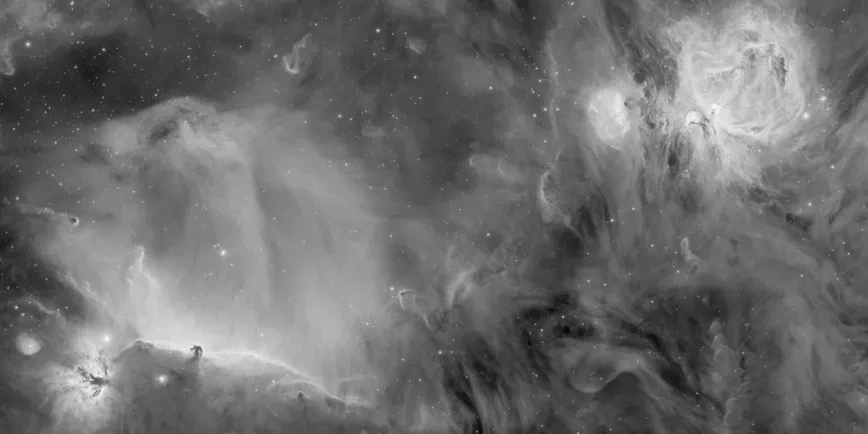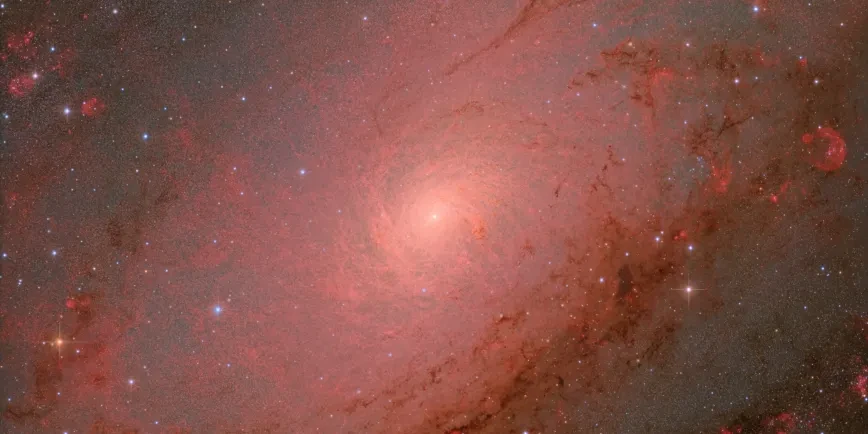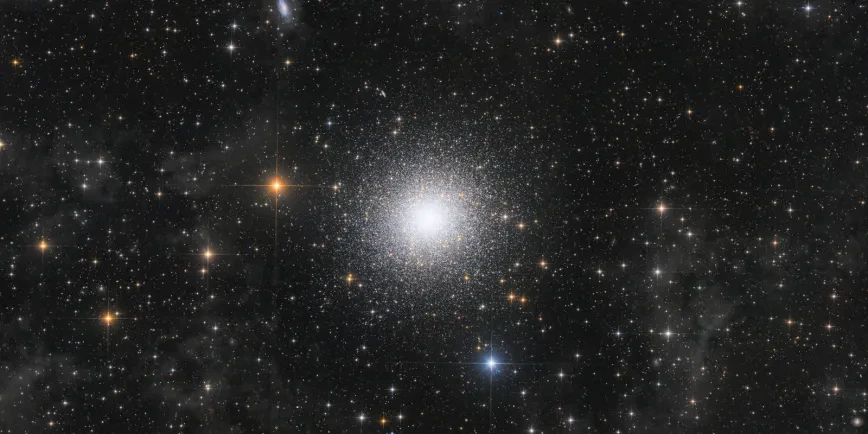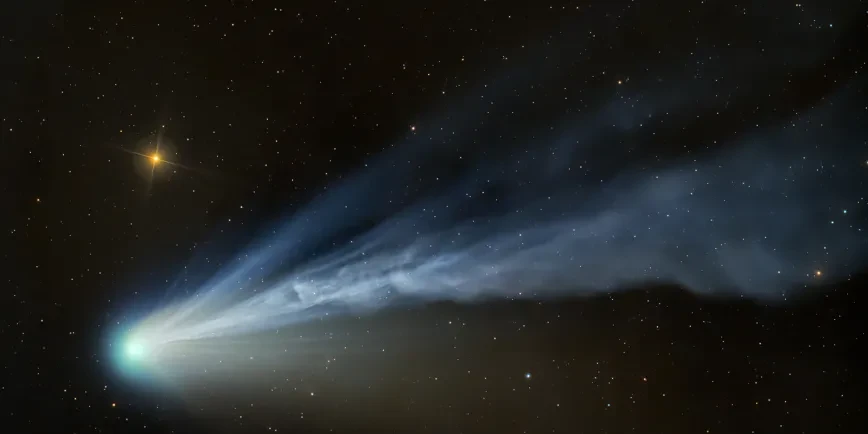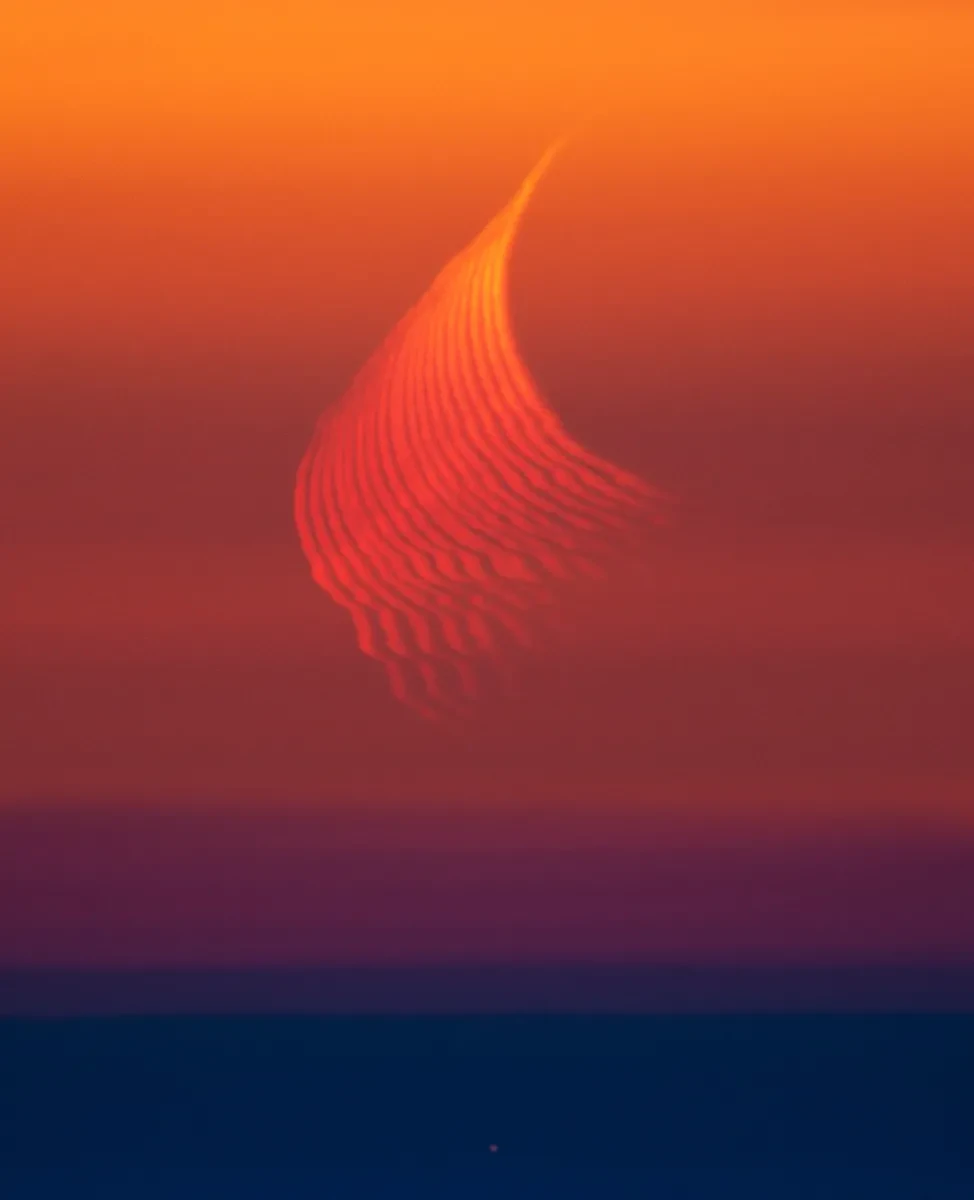
Category winner
The Trace of Refraction by Marcella Giulia Pace
Marcella says, "This image captures the phenomenon of atmospheric refraction, where moonlight passes through dense layers of Earth’s atmosphere near the horizon, bending in a manner similar to light rays through a prism. Additionally, the redness of the Moon can be explained by a process known as Rayleigh scattering [smaller particles in the atmosphere scatter shorter wavelengths of light, resulting in longer wavelengths, namely red, being more predominant]. This effect is accentuated when the Moon is low on the horizon, making the spectacle even more breathtaking."
Taken in Contrada Sant’Ippolito, Modica, Sicily, Italy, 7 April 2024
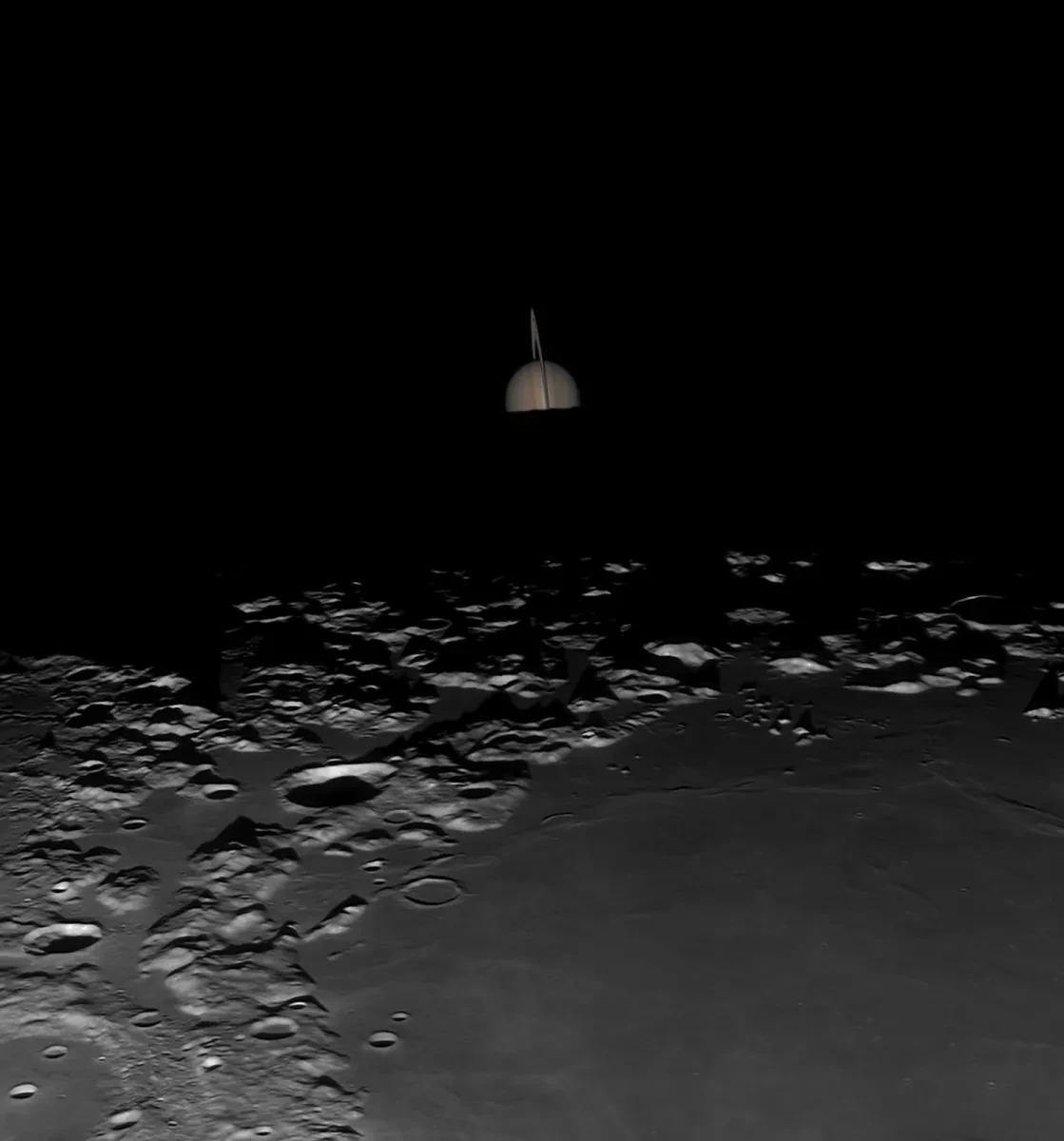
Runner-up
Saturnrise by Tom Williams
"This image shows the tail-end of August’s lunar occultation of Saturn. Although occultations are rare for any one location on Earth, 2024 saw a total of ten occur across the globe! The event pictured here occurred near Saturn’s opposition and so coincided with the near Full Moon," explains Tom.
"The gibbous phase not only gave a great view of the Moon’s surface but also made the brightness difference between areas less harsh − especially between the sunlit edge (called the limb) and the dimmer line between day and night (called the terminator). With the planet also nearing its equinox, the rings are nearly edge-on, resulting in a particularly striking view as Saturn appears to rise from behind the silhouetted limb of the Moon"
Taken in Trowbridge, Wiltshire, England, 21 August 2024
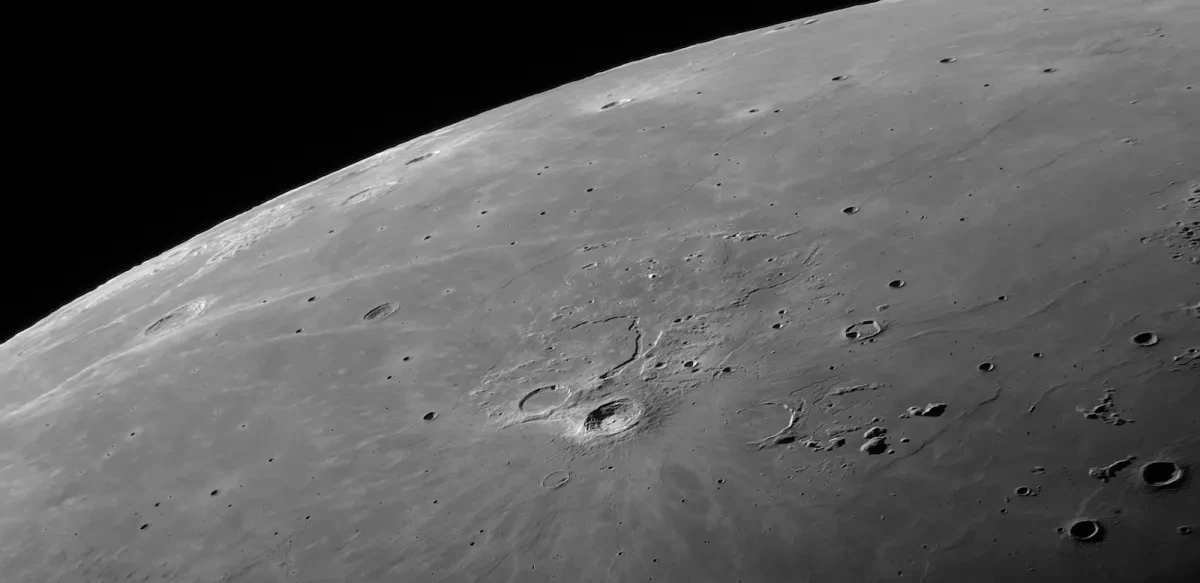
Highly commended
Aristarchus on the Moon by Raul Cantemir
"This Moon close-up shows, among other things, the main crater Aristarchus with its nine secondary craters. It has a diameter of 40 km (25 miles) and is located in a region visible on the front side of the lunar surface. Other visible craters are Seleucus, Briggs and even the main crater Eddington (with its own secondary crater), the floor of which is practically flat. Even the almost submerged crater Eddington P in the south-eastern part of this image can be clearly seen. The Prinz impact crater is located north-east of the well-known Aristarchus radiation crater in the plain of Oceanus Procellarum."
Taken in Eberstadt, Darmstadt, Germany, 29 August 2024
See the full shortlist
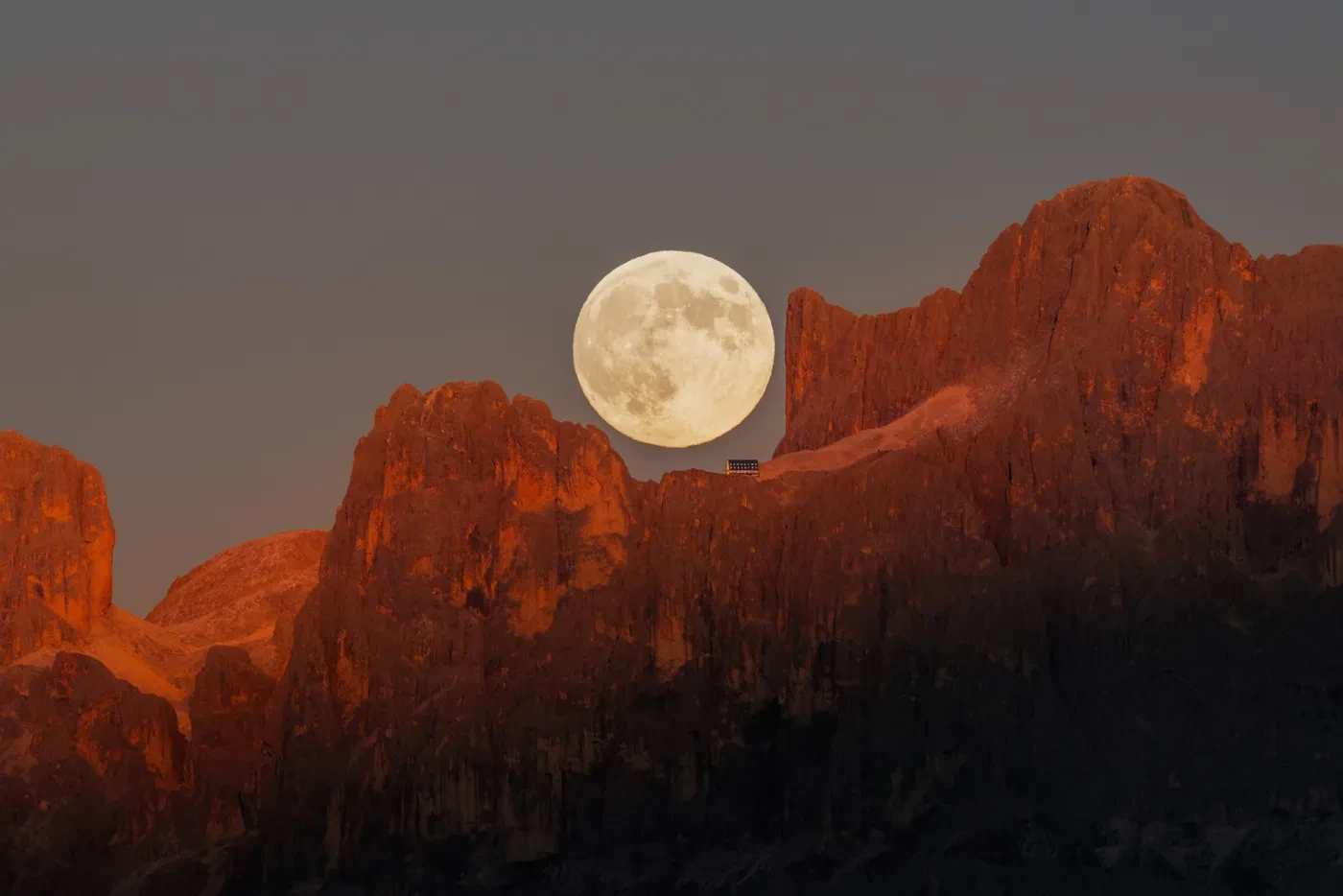
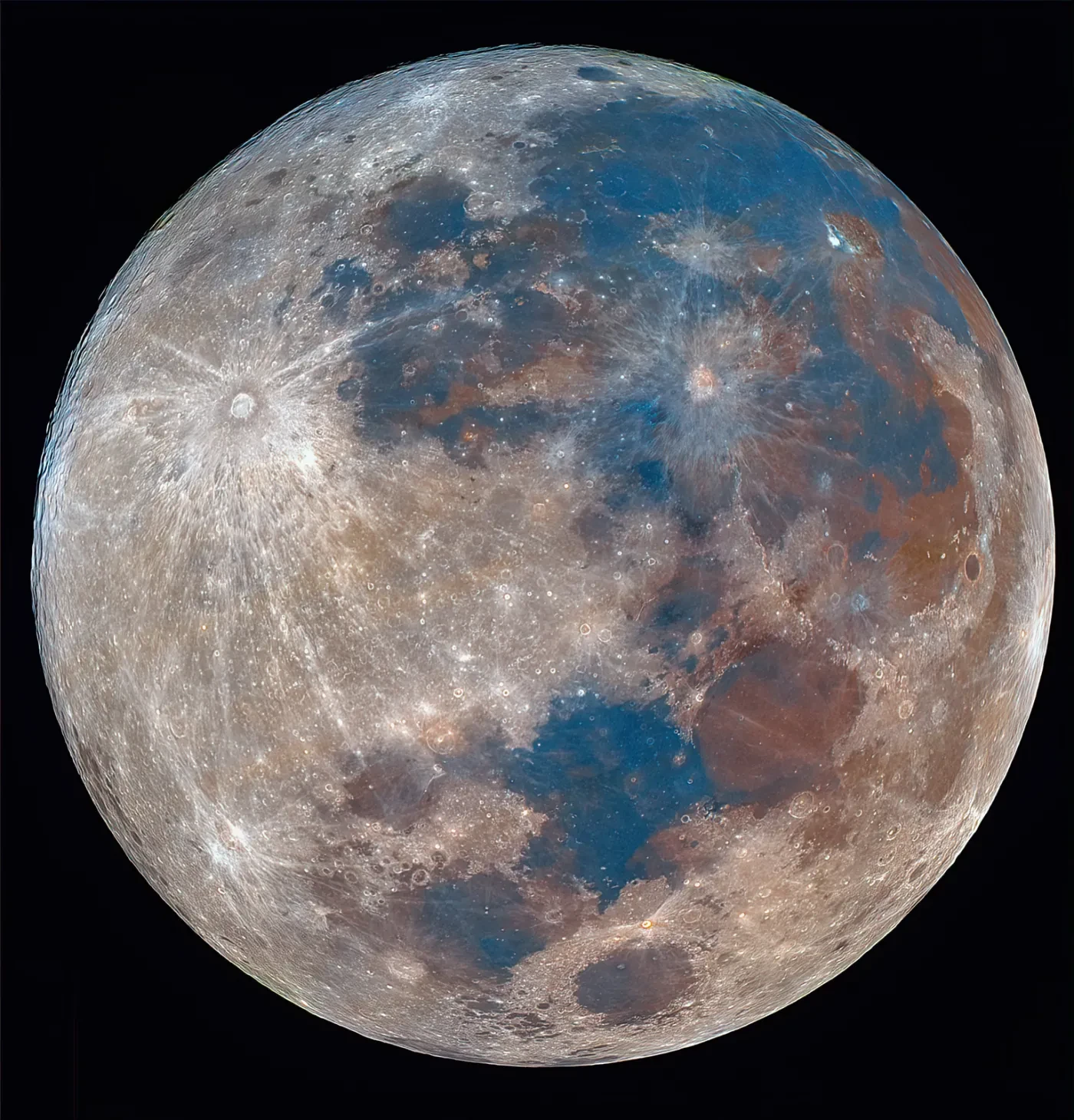
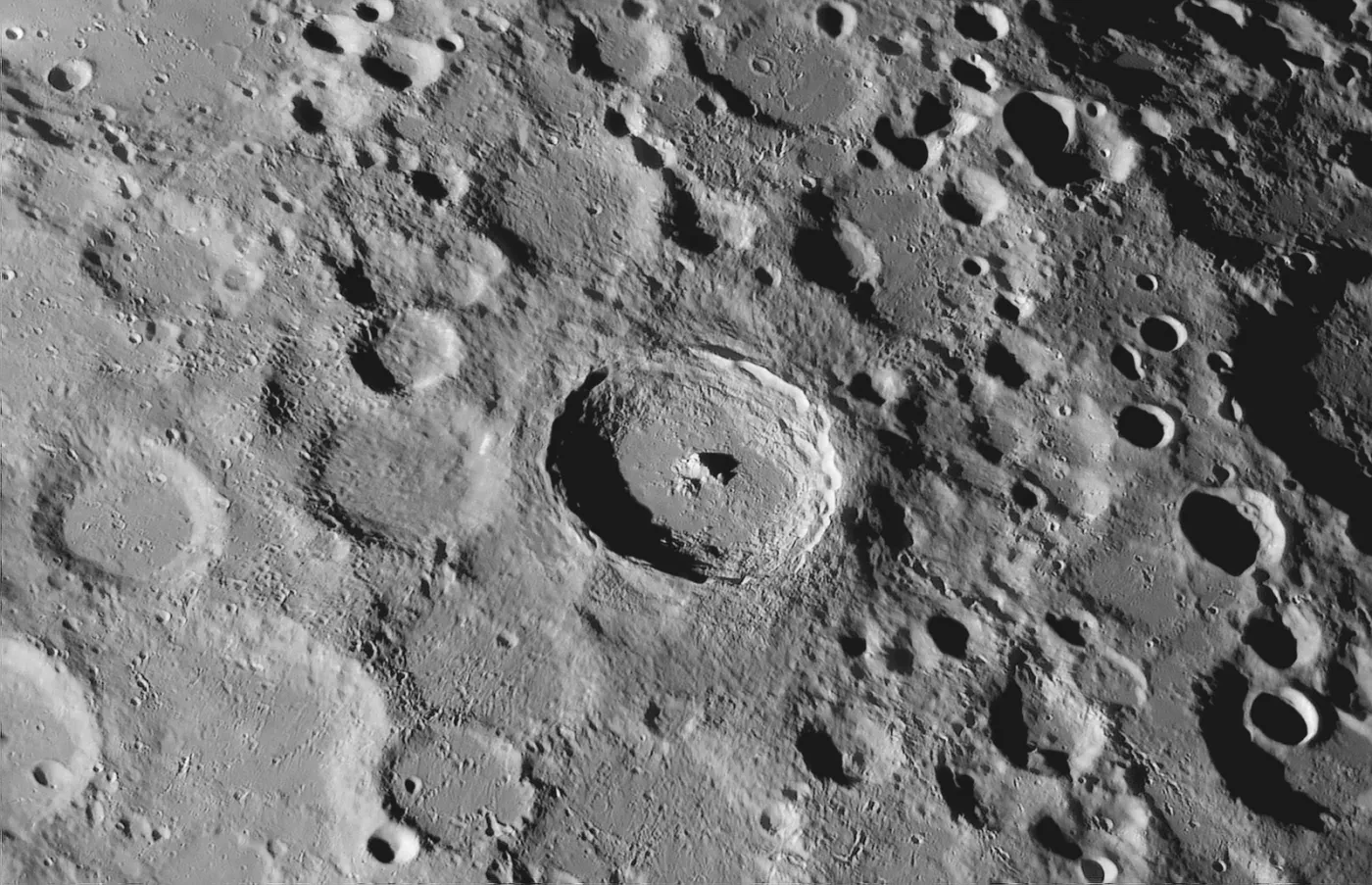
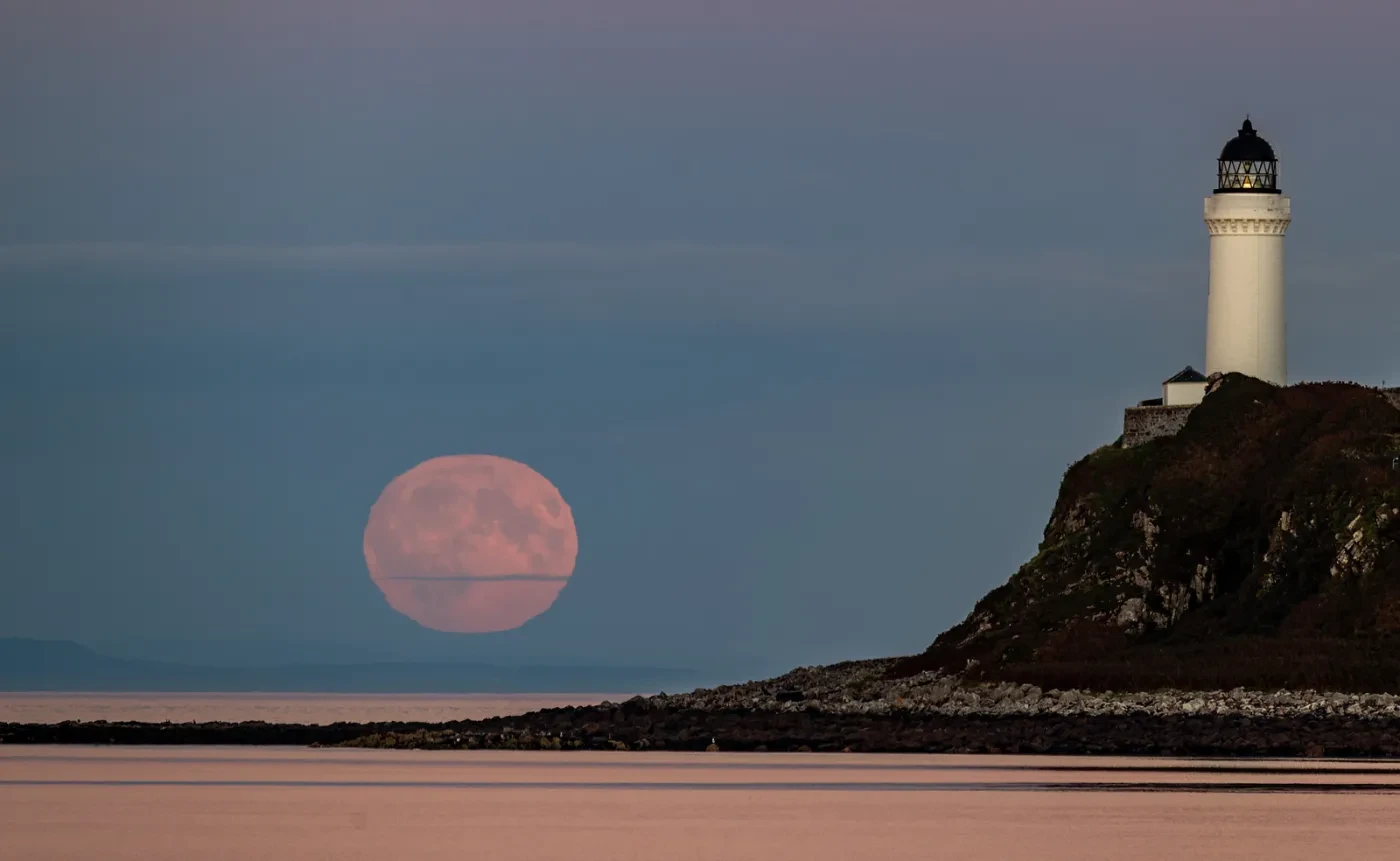

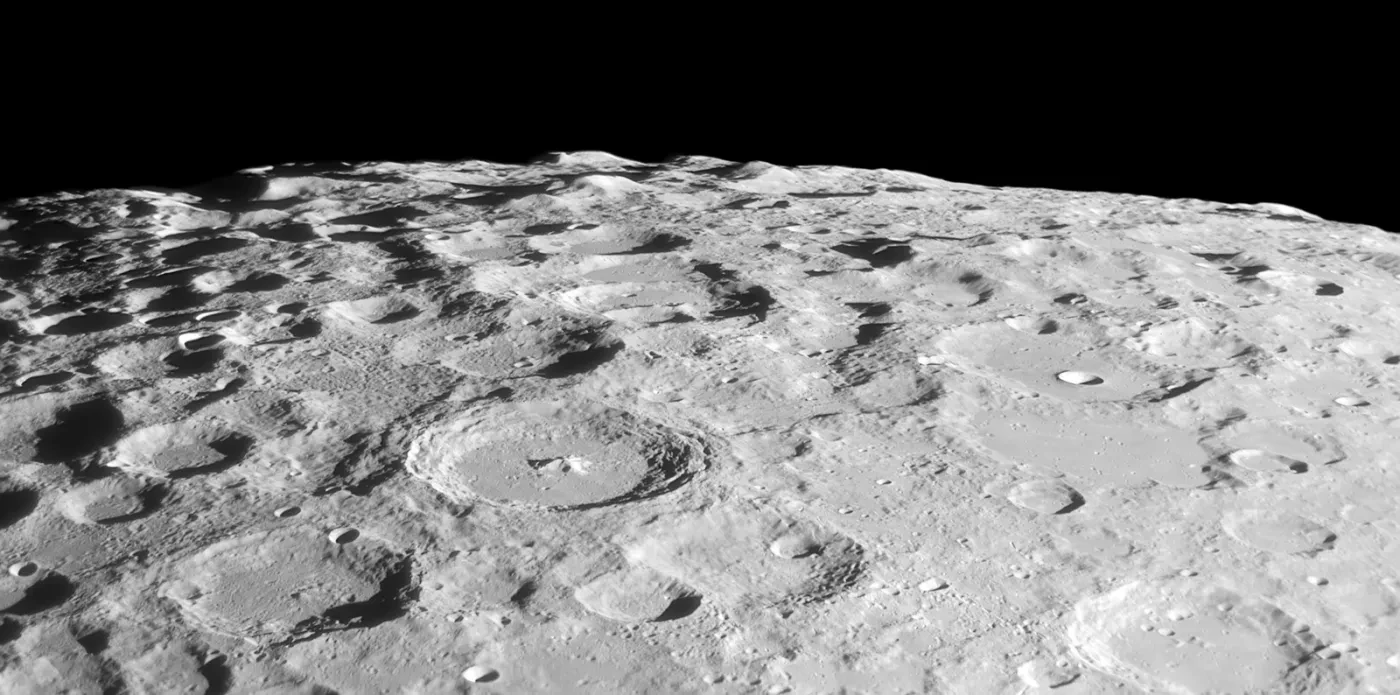
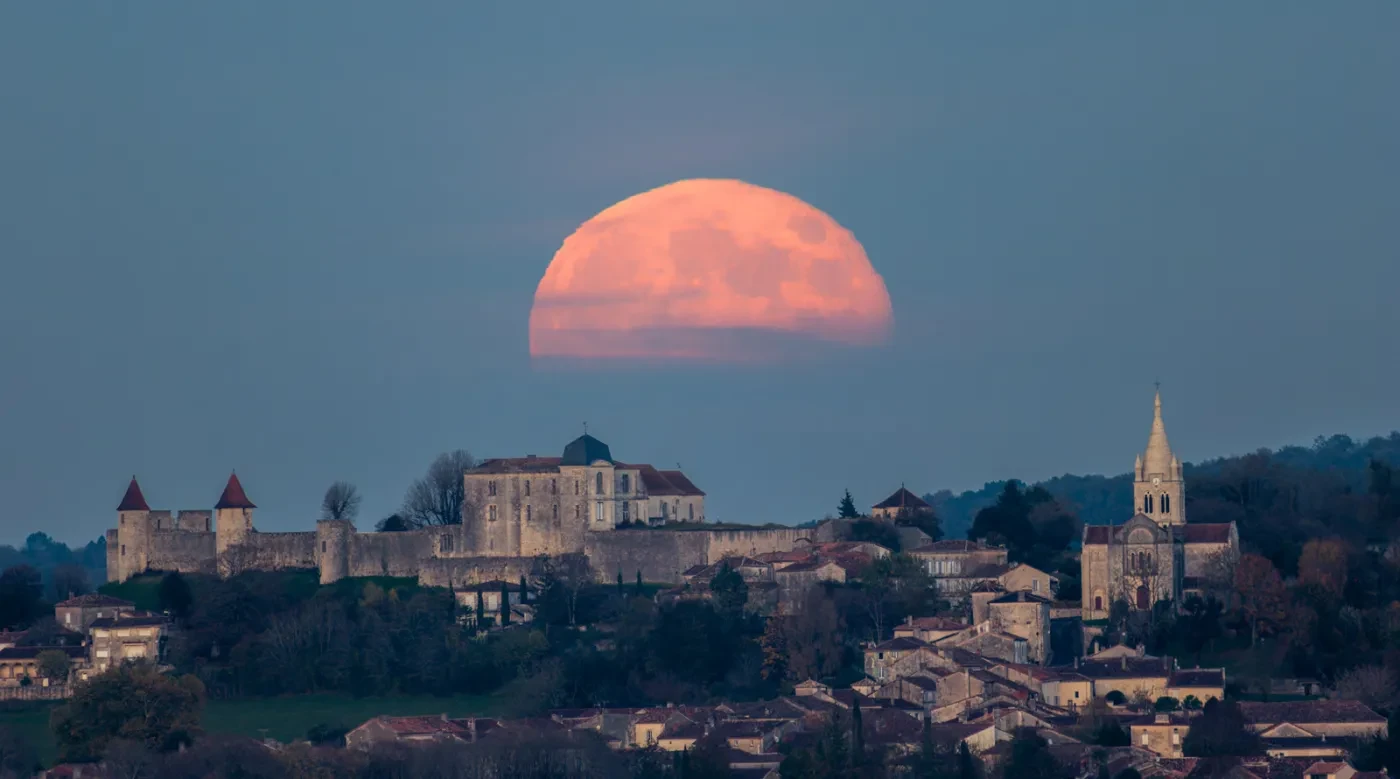
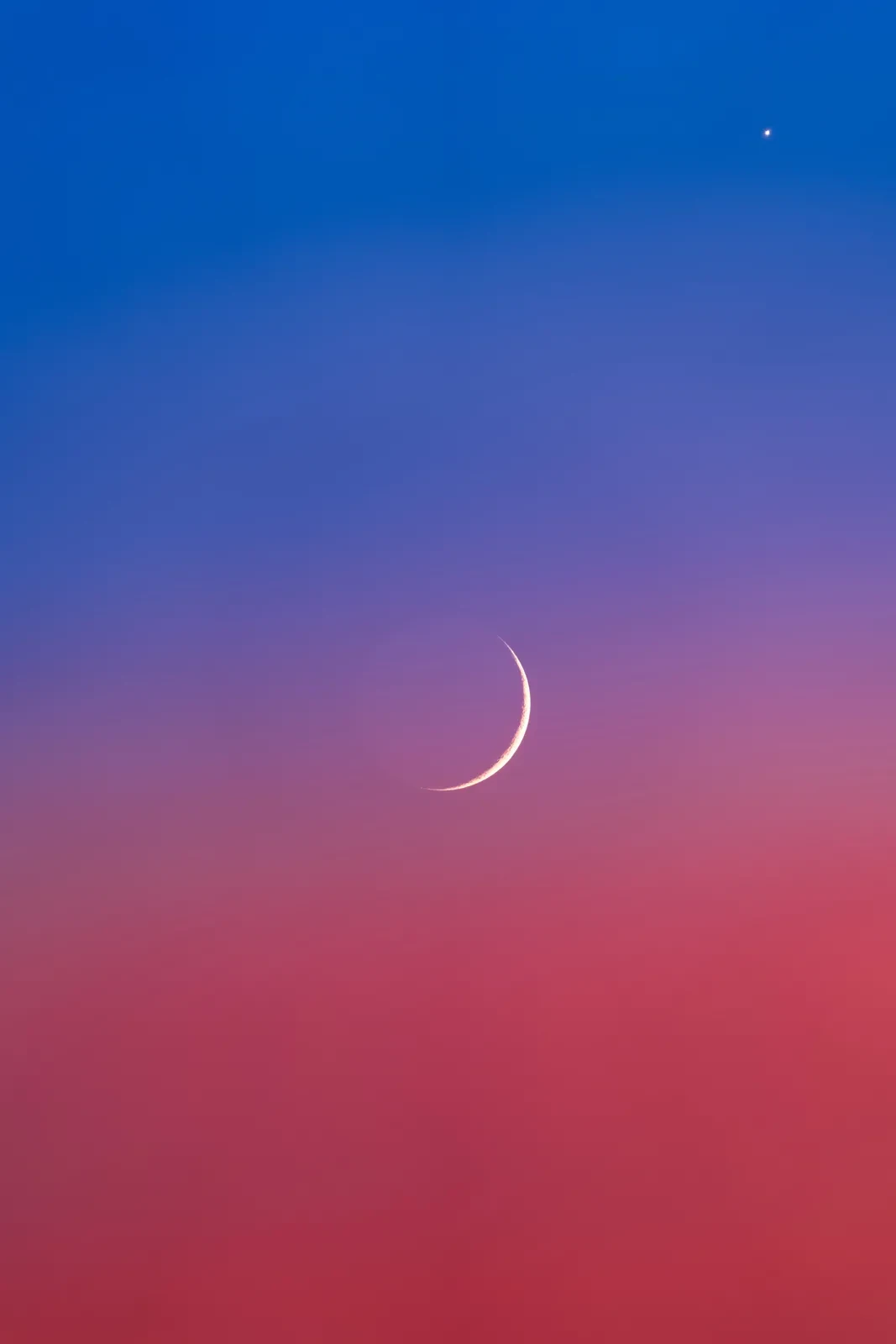
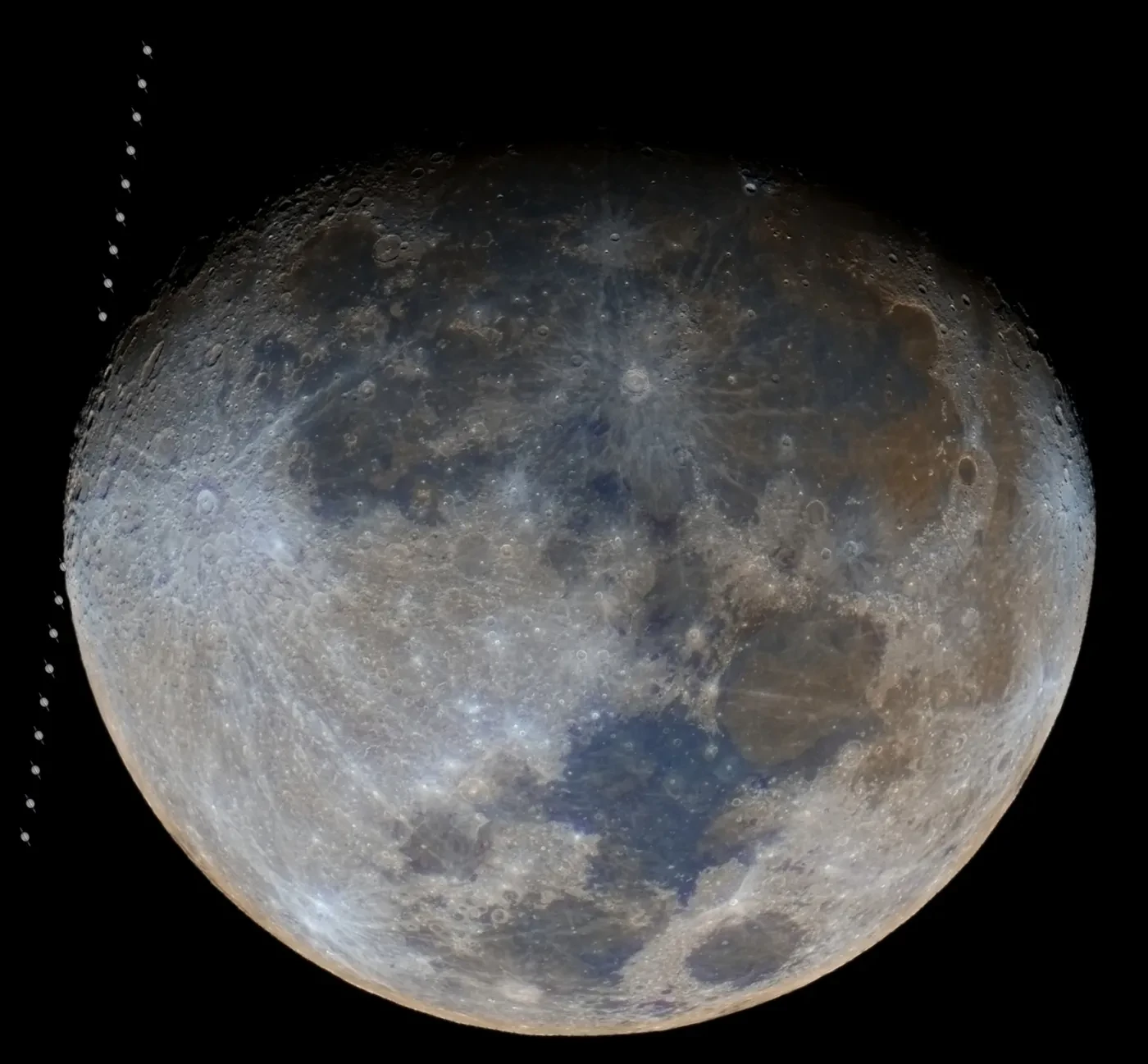
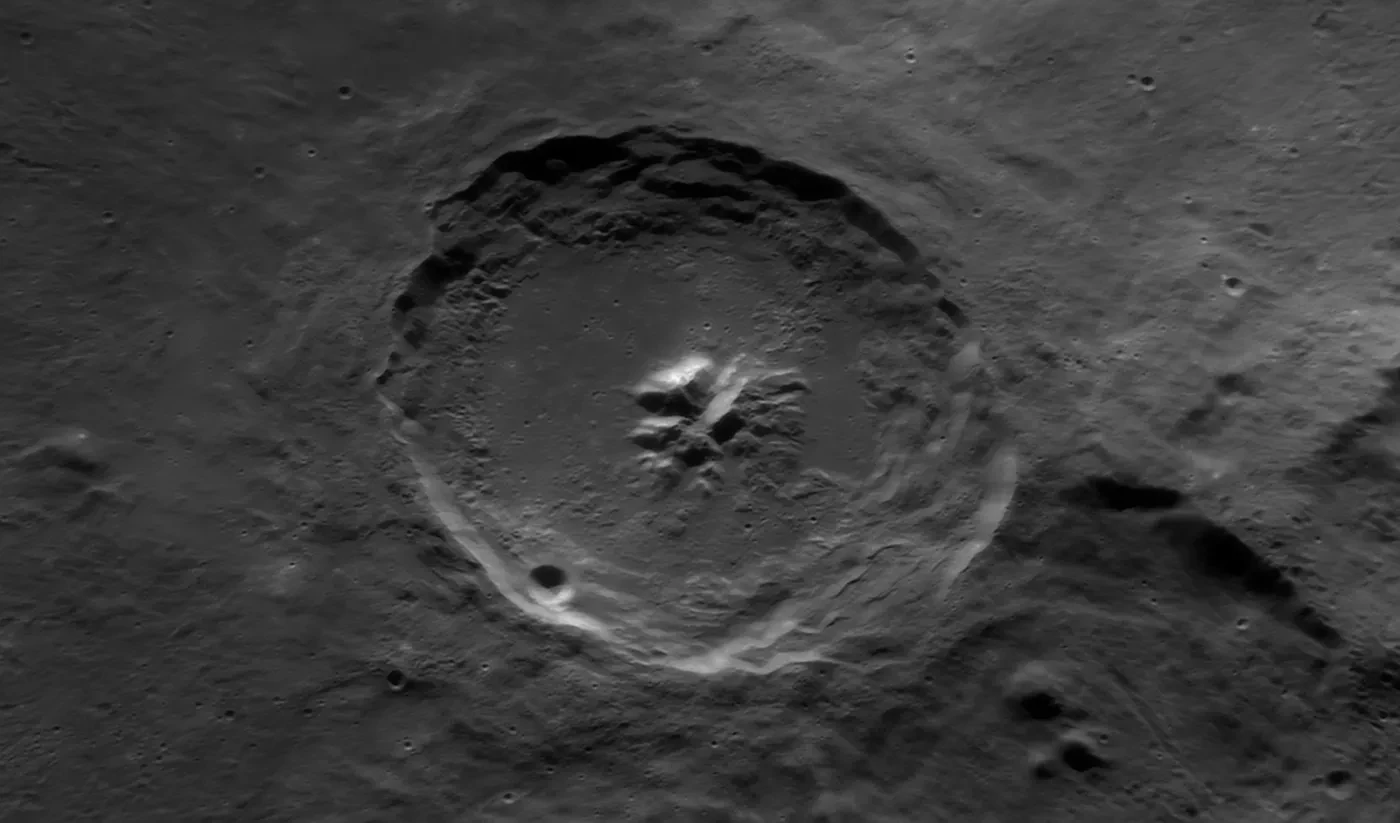
See the full shortlist
Browse the collection of award-winning astrophotography.
Never miss a shooting star
Sign up to our space newsletter for exclusive astronomy news, guides and events from Royal Museums Greenwich.
Our partners


